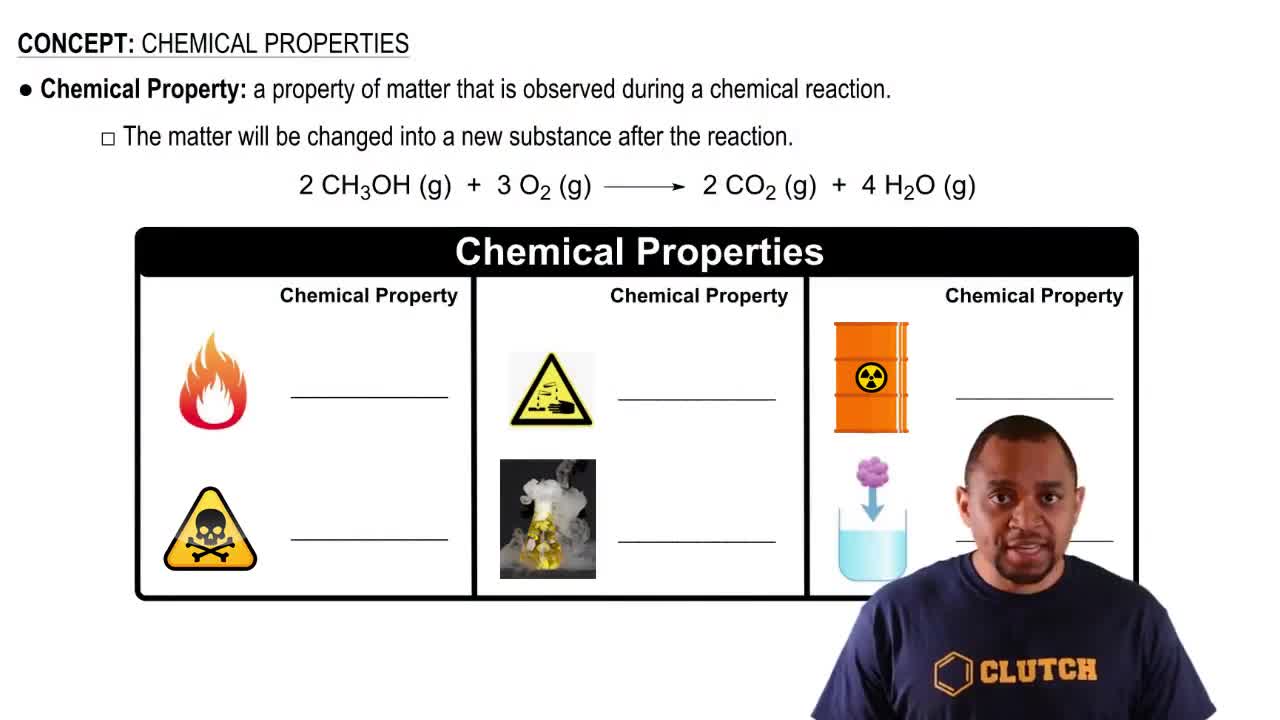Here are the essential concepts you must grasp in order to answer the question correctly.
Oxidation Numbers
Oxidation numbers are a way to keep track of electrons in chemical compounds. They indicate the degree of oxidation of an atom in a molecule, helping to determine how electrons are distributed among atoms. The rules for assigning oxidation numbers include that the oxidation number of an element in its elemental form is zero, and for monoatomic ions, it equals the charge of the ion.
Recommended video:
Rules for Assigning Oxidation Numbers
There are specific rules for assigning oxidation numbers, such as hydrogen typically having an oxidation number of +1, oxygen usually being -2, and the sum of oxidation numbers in a neutral compound equaling zero. In polyatomic ions, the sum of oxidation numbers equals the charge of the ion. Understanding these rules is essential for accurately determining oxidation states in compounds.
Recommended video:
Chemical Structure of CH2O
The chemical structure of CH2O, also known as formaldehyde, consists of one carbon atom bonded to two hydrogen atoms and one oxygen atom. This structure is crucial for determining the oxidation states of each element. The arrangement of atoms influences the distribution of electrons, which is fundamental when applying the rules for oxidation numbers.
Recommended video:



